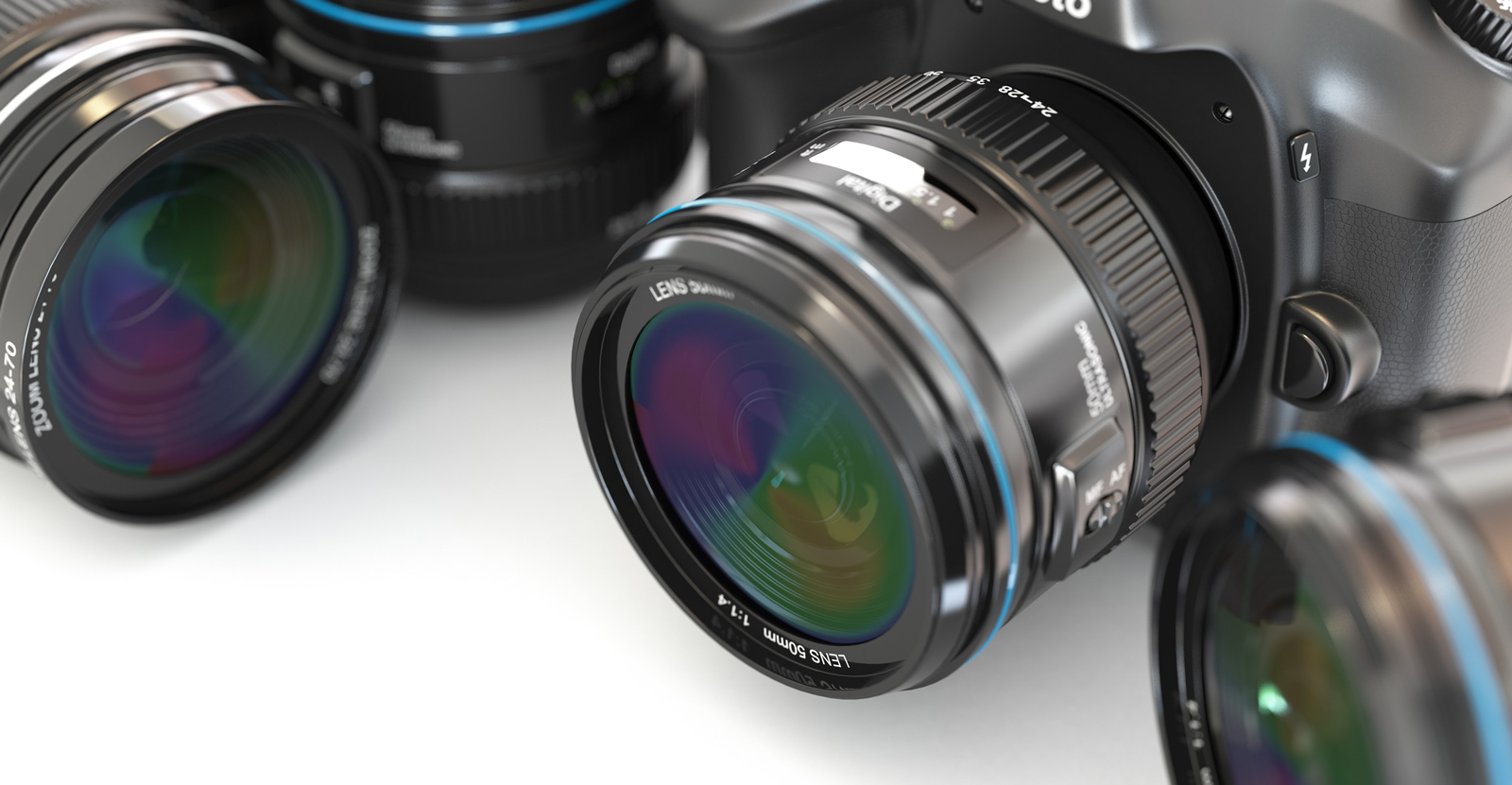Prime vs. zoom lense is a debate that will probably never die.
But is there a way to determine which one is better after all? We found a really good article over at Photography Life. How about we look at both options objectively for a moment and see if we can finally bring closure to the topic.
What is a Prime Lens?
A prime lens is a lens with a fixed focal length (also commonly referred to as a “fixed lens”). What this means is that such a lens has a set angle of view which can not be changed – unless you move, you can not make the image appear larger or smaller within the frame. Prime lenses have a single specified focal length, like 50mm. They come in all kinds sizes and focal lengths, from fisheye to super telephoto. Examples of prime lenses: Nikon 50 f/1.8G, Canon 800mm f/5.6L IS, Sigma 35mm f/1.4.
What is a Zoom Lens?
A zoom lens, on the other hand, has a variable focal length. By turning the zoom ring, you move optical elements inside the lens to achieve a different angle of view. Examples of zoom lenses: Nikon 18-200mm f/3.5-5.6G VR II, Canon 16-35mm f/2.8L II, Sigma 70-200mm f/2.8.
Advantages of Prime Lenses
- Cost
Many modern prime lenses are significantly cheaper than their zoom counterparts. A 24mm f/2.8 lens will set you back around $400, while a 24-70mm f/2.8 will cost $1900-2300. Even if you cover focal lengths between 24mm and 70mm with fast primes like 35mm f/1.8, 50mm f/1.8 and 85mm f/1.8, you will still end up paying less.
- Size and Weight
We can already see just how big this problem is by looking at the booming mirrorless market – even professionals jump at the chance to own lightweight, high quality gear. Prime lenses offer something of a compromise – they trade versatility in favor of size and weight. A while ago, I decided to go with the 85mm f/1.4 lens instead of the 70-200 f/2.8 and never really regretted this decision.
- Learning Factor
Many photographers believe that being forced to “zoom” in/out using the old-fashioned way, by walking, is a good way of learning composition and finding better angles. It also supposedly helps one get used to a lens better and use it to its full potential. I partially agree with this and I can say that my 50mm prime has helped me in some regards, but in all honesty, such a restraint can be equally damaging to your learning process.
- Low Light
A fast prime lens will allow you to shoot subjects in low light environments without introducing blur, thanks to a larger / wider aperture. Due to typically simpler optical designs, prime lenses can easily “open” up to f/2 or even f/1.2.
Zoom Lens Advantages
- Versatility
Zoom lenses can be great when a photographer needs to be sure he can handle a variety of different situations – you can go from wide-angle to telephoto in a quick turn of the zoom ring without the need to physically move. Landscape and wildlife photographers, for example, are often limited to a particular spot or area, so being able to zoom to an area of interest can be invaluable for properly framing a shot.
- Image Stabilization
Modern zoom lenses often offer 3-4 stop image stabilization systems, be it Canon’s Image Stabilization (IS), Nikon’s Vibration Reduction (VR), Sigma’s Optical Stabilization (OS) or Tamron’s Vibration Compensation (VC). Even if you have an f/4 lens you can still get sharp images when shooting non-moving subjects in dark environments.
- Portability
A single zoom lens can replace two or three prime lenses. This also means that you only need to worry about moving around with a single attached lens. A single zoom lens might save you from carrying a large backpack. In a way, certain zoom lenses allow you to reduce weight, because you don’t need to bring several primes to cover the whole range. Less lens swapping also means cleaner sensor and optical elements.
Read the full article over at Photography Life.
Source: Photography Life

